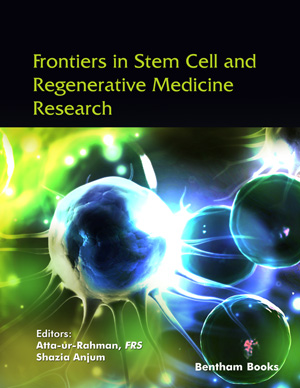Abstract
The liver has a remarkable capability to restore its functional capacity following liver injury. According to the current paradigm, differentiated and usually quiescent hepatocytes are the primary cell type responsible for liver repair. As reserve compartment, bipotent hepatic progenitor cells are activated, especially if extensive loss or damage of hepatocytes with impaired replication occurs, e.g. in cirrhotic liver tissue. Recently, animal studies have suggested that liver regeneration following partial hepatectomy is associated with telomerase activation. Telomerase, a ribonucleoprotein with reverse transcriptase activity, plays a pivotal role in maintaining telomere length and chromosomal stability in proliferating cells. In cells lacking telomerase activity, replication-associated telomere shortening limits the replicative lifespan. Therefore, in the context of liver regeneration, telomerase activation might be a cellular mechanism to confer an extended lifespan to replicating hepatocytes and hepatic progenitor cells. On the other hand, high levels of telomerase activity are a hallmark of cancer, including hepatocellular carcinoma. Moreover, recent data indicate that telomerase activation may be an early event in hepatocarcinogenesis. At present, it is unclear, whether telomerase activation preserves the non-malignant phenotype and replicative longevity of liver cells or constitutes an early alteration obligatory for an unlimited proliferation and malignant transformation.
Keywords: Hepatic progenitor cells, hepatocellular carcinoma, liver-directed cell therapies, liver regeneration, telomere length, telomerase activation











